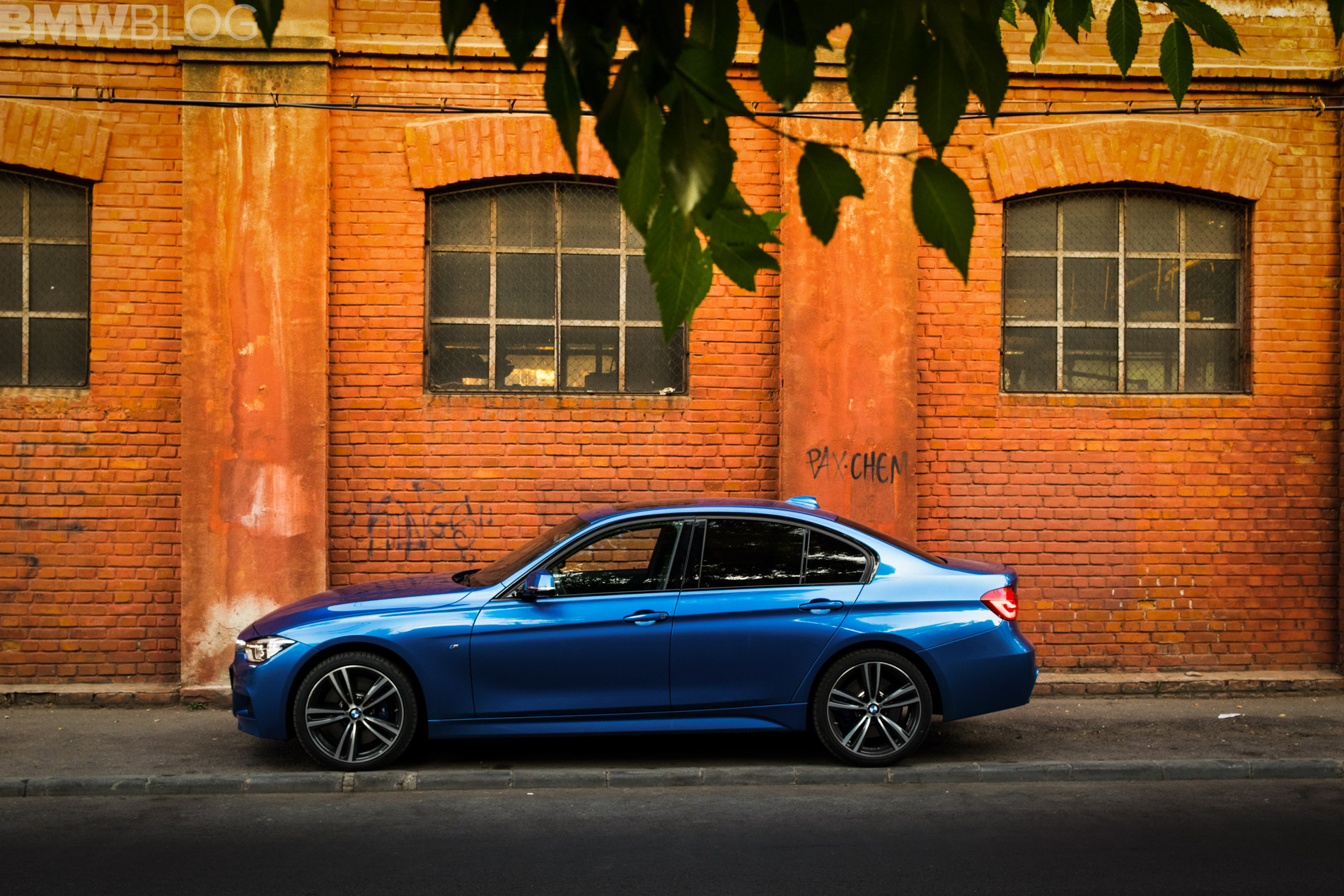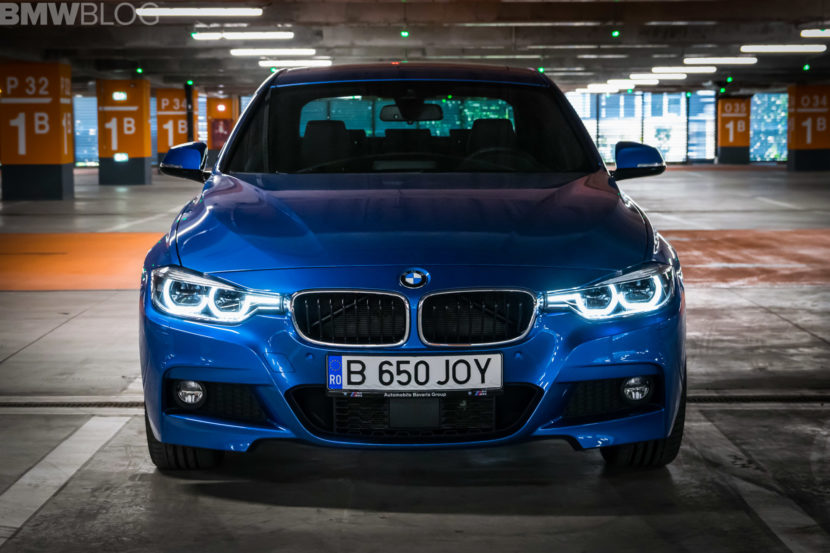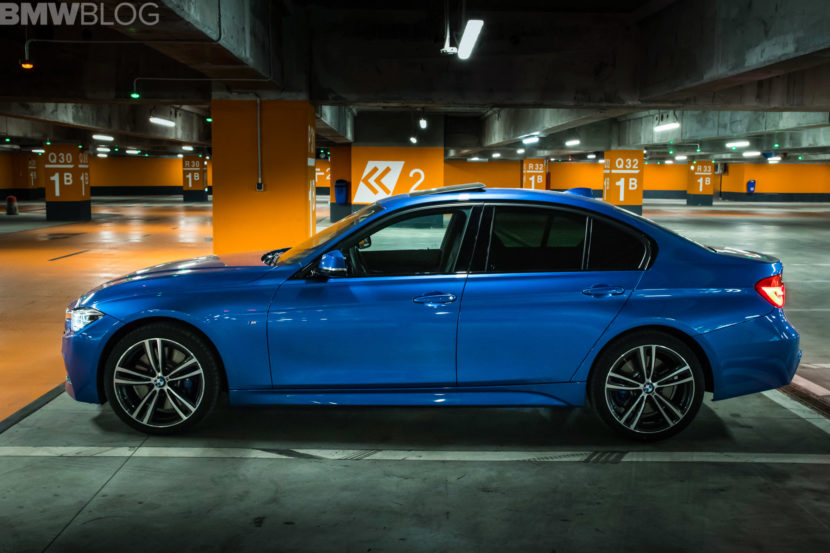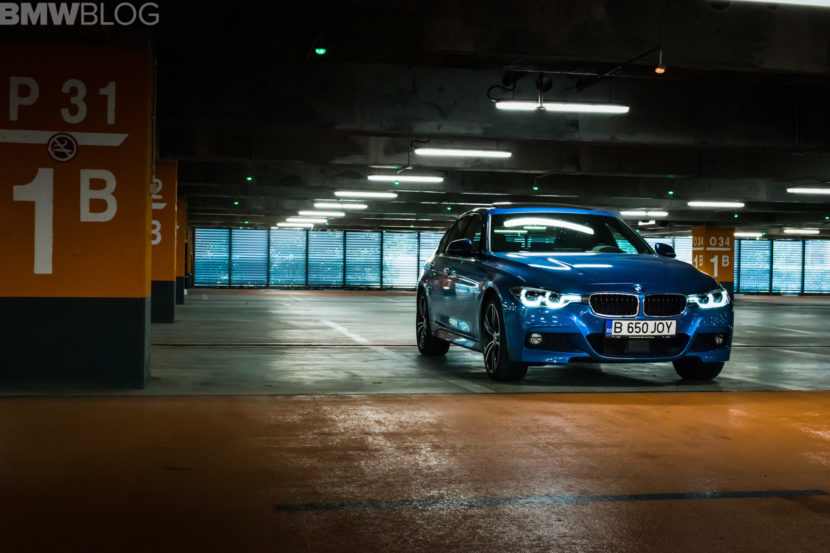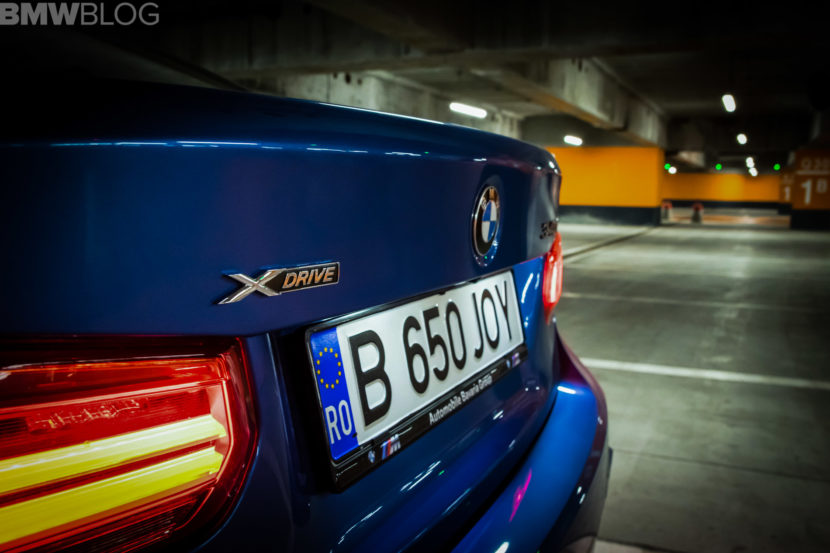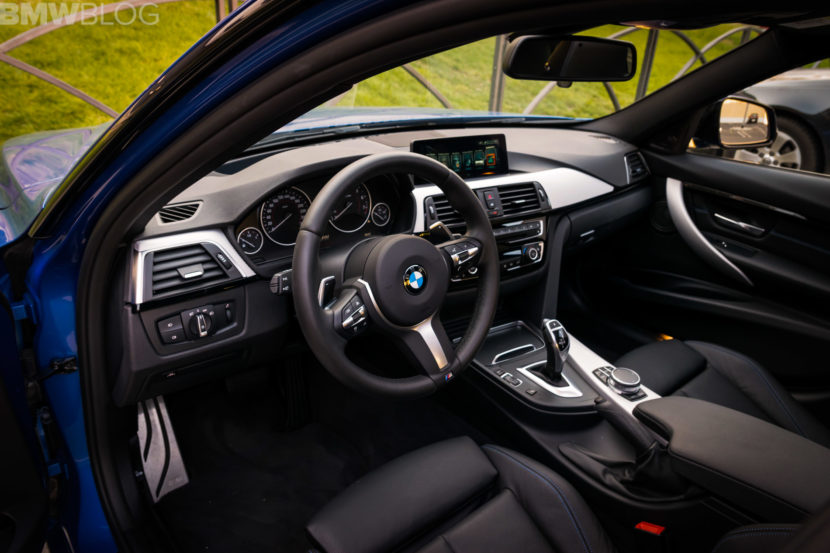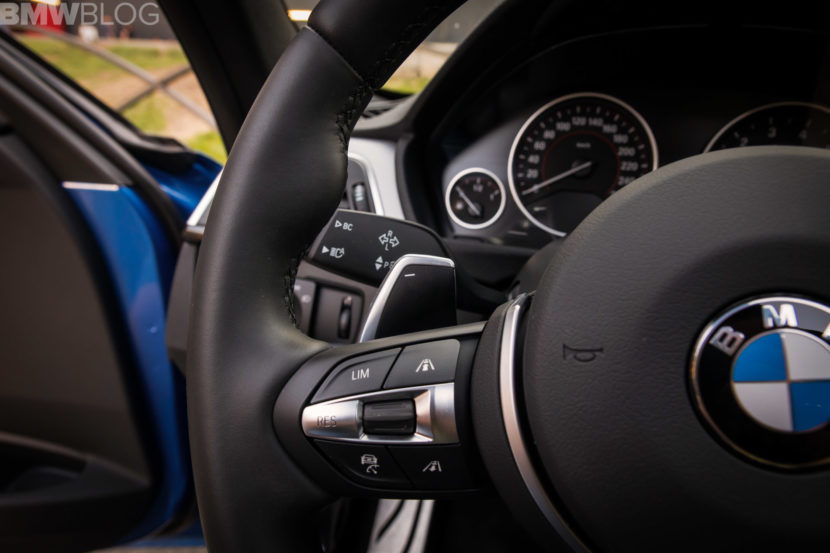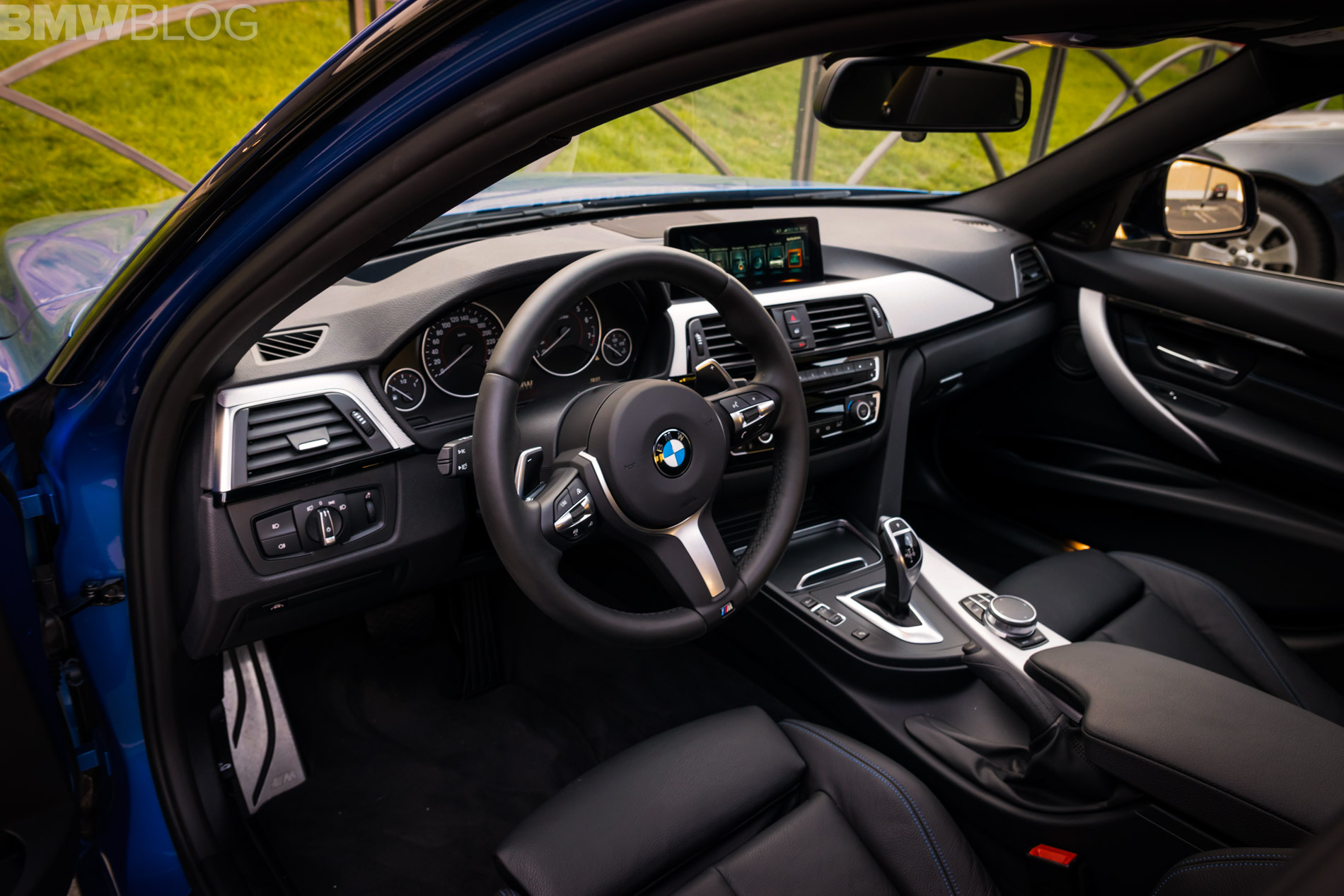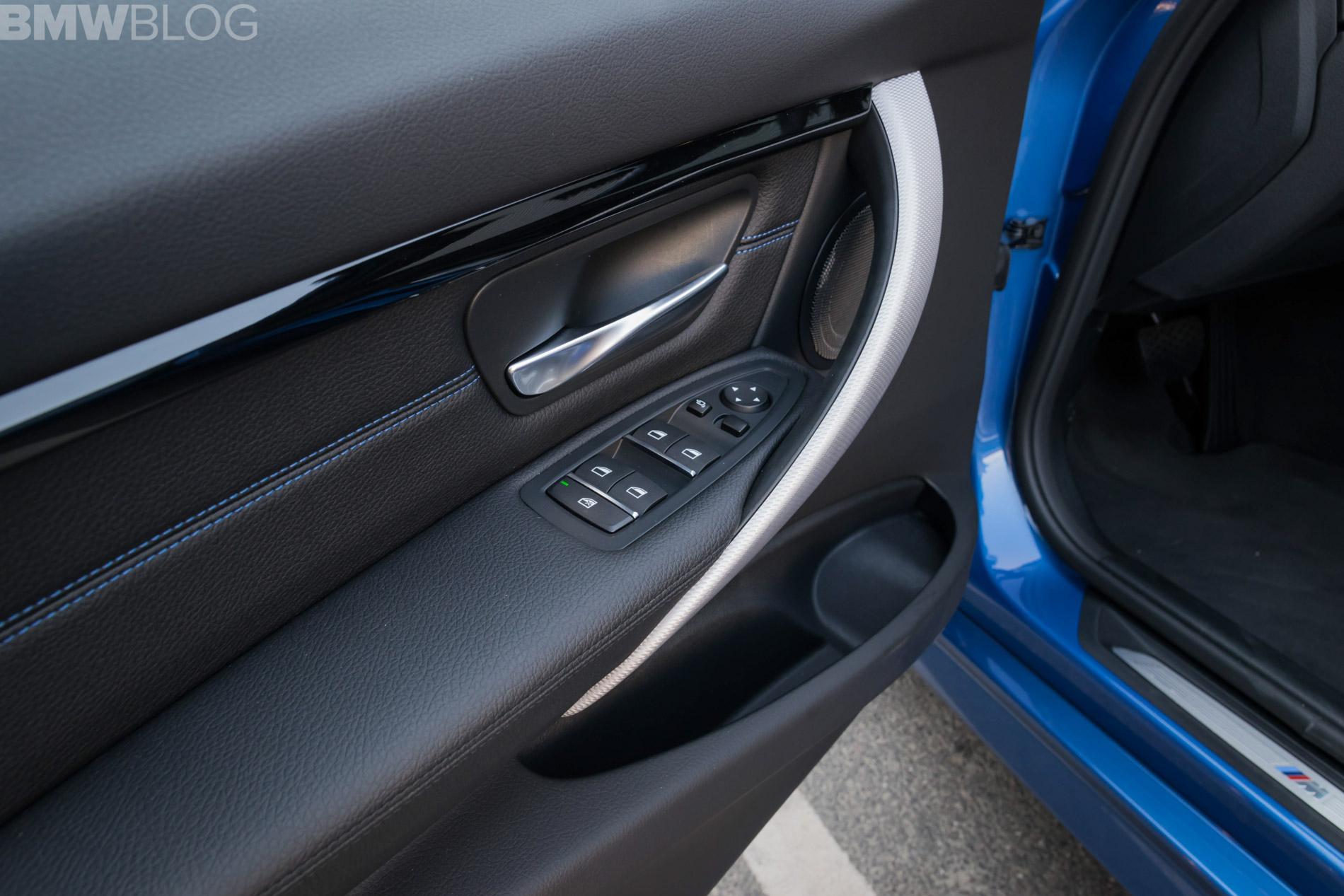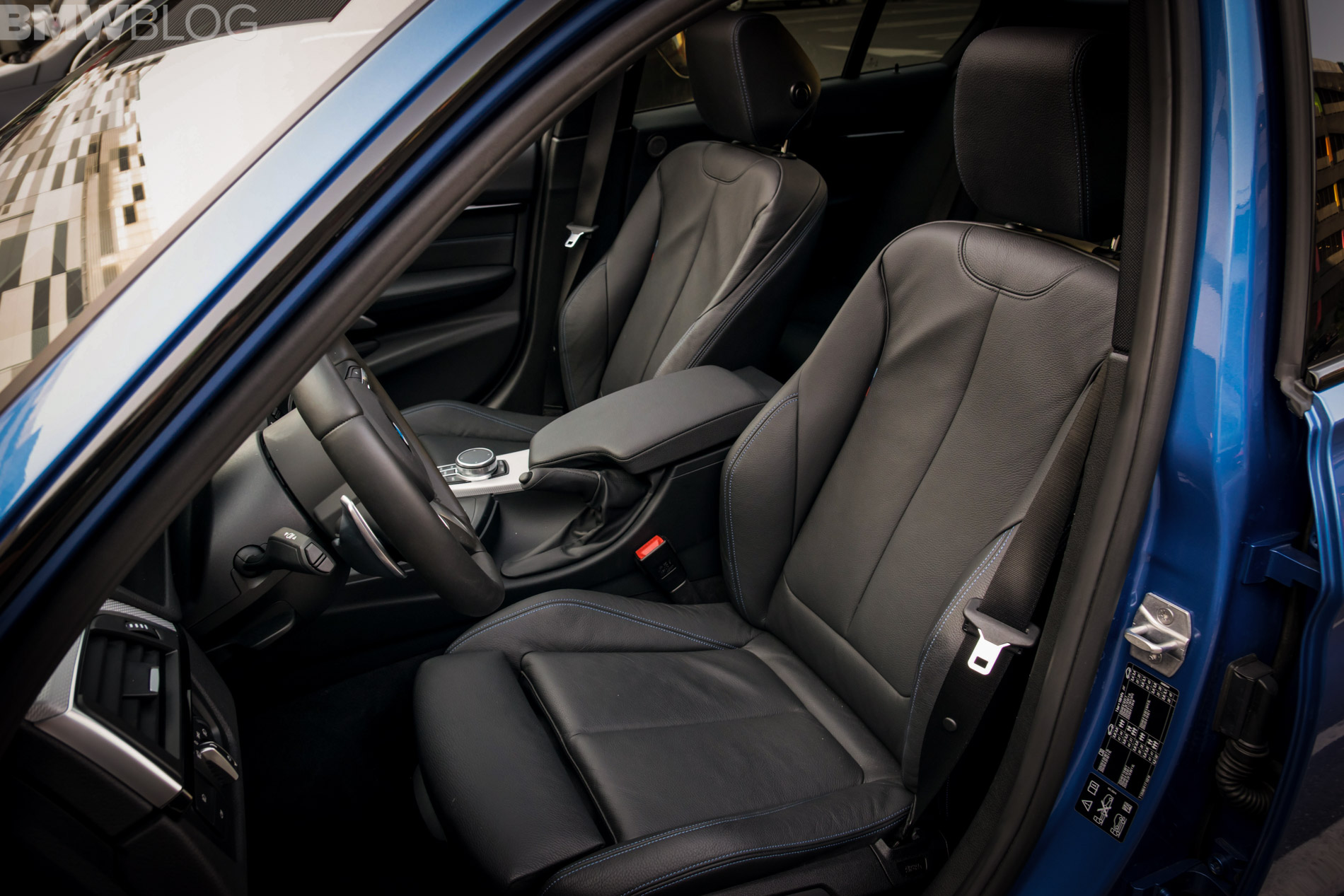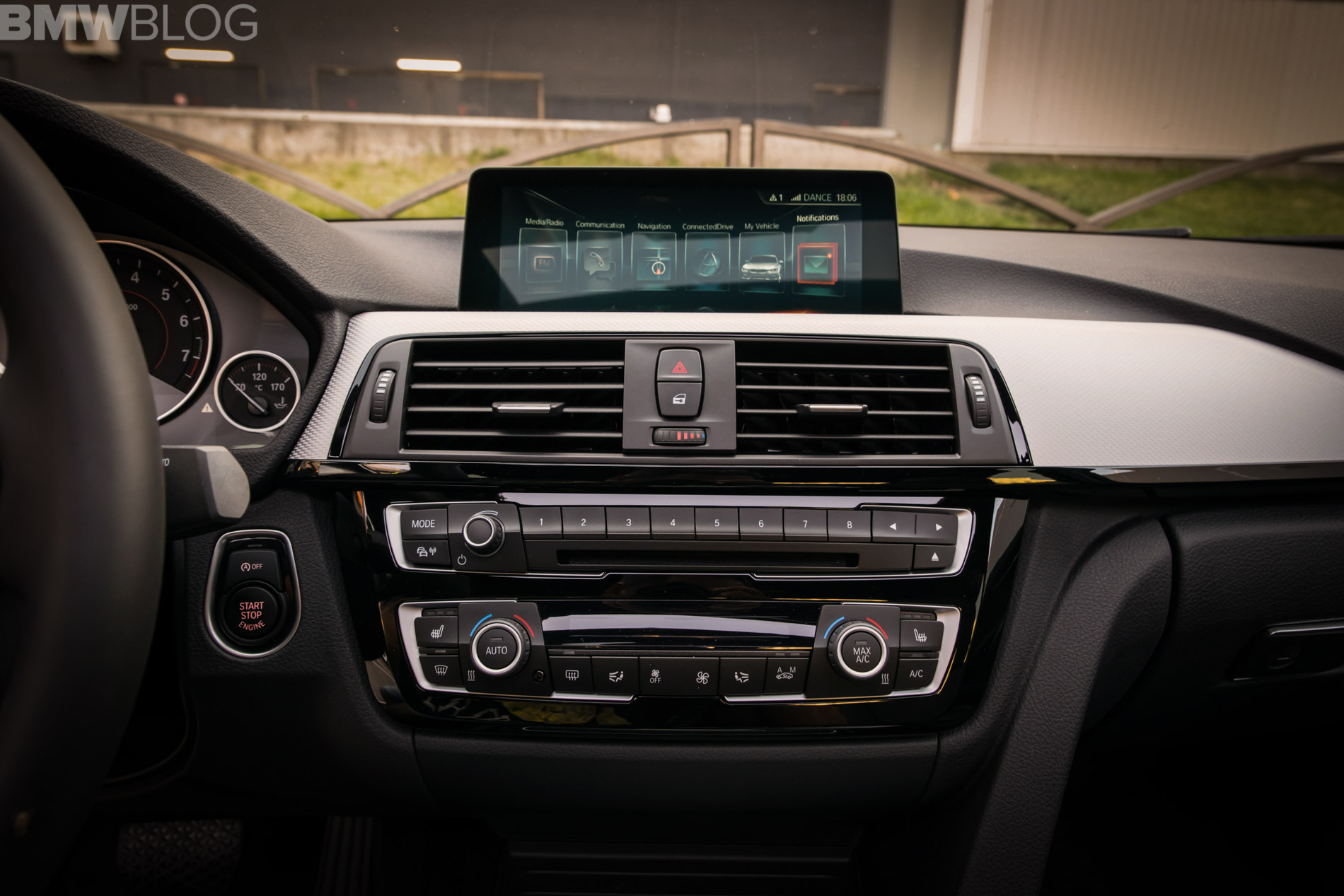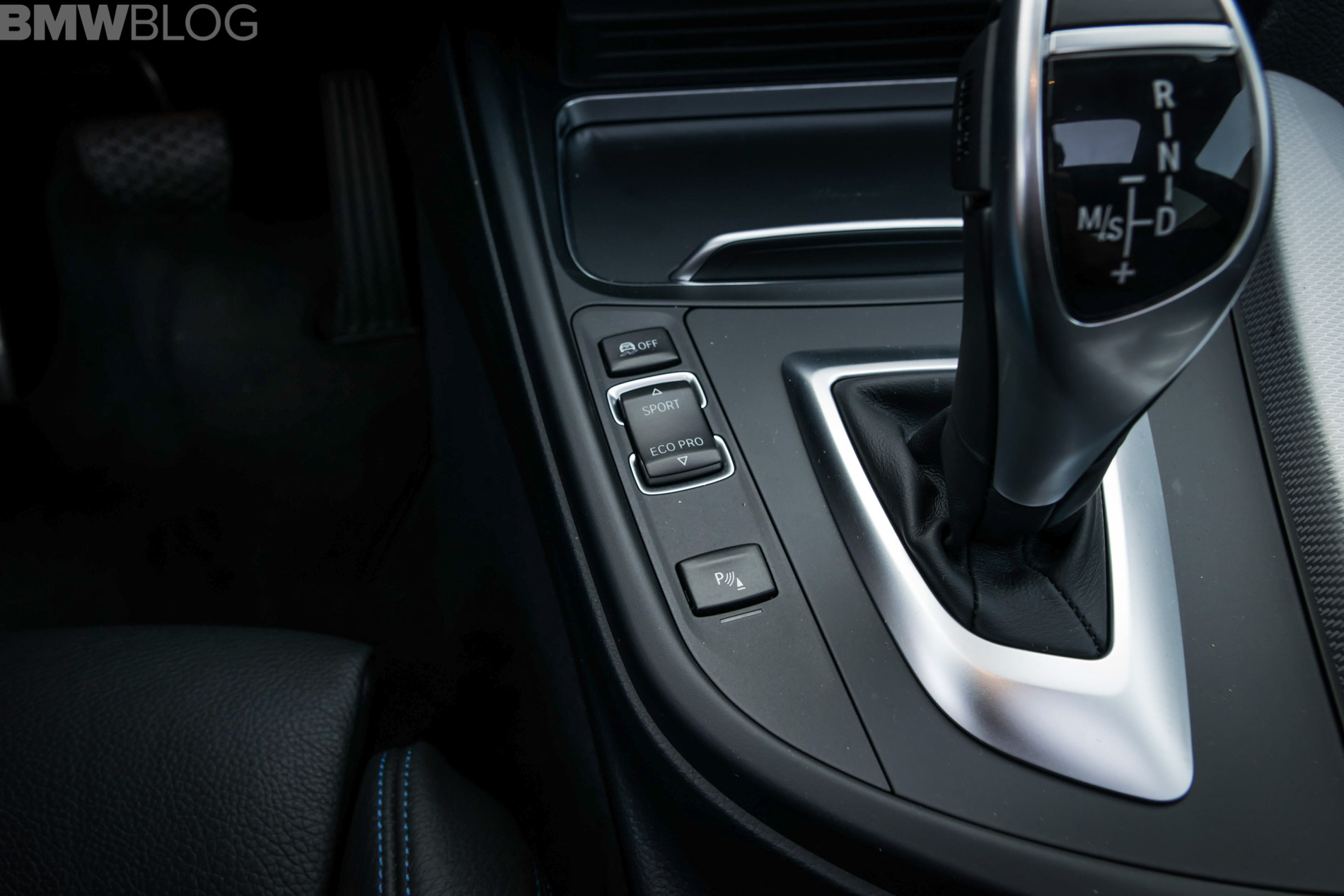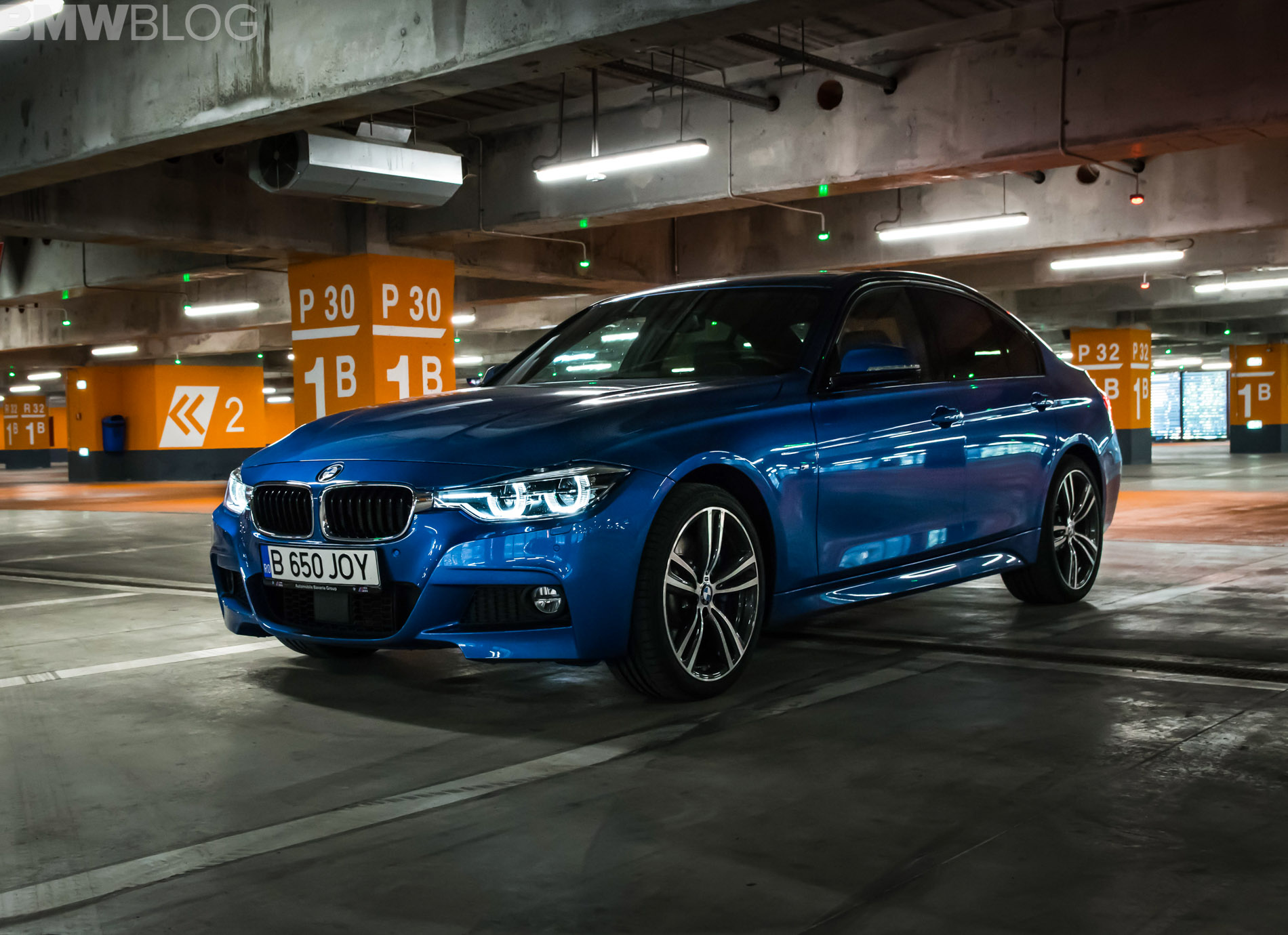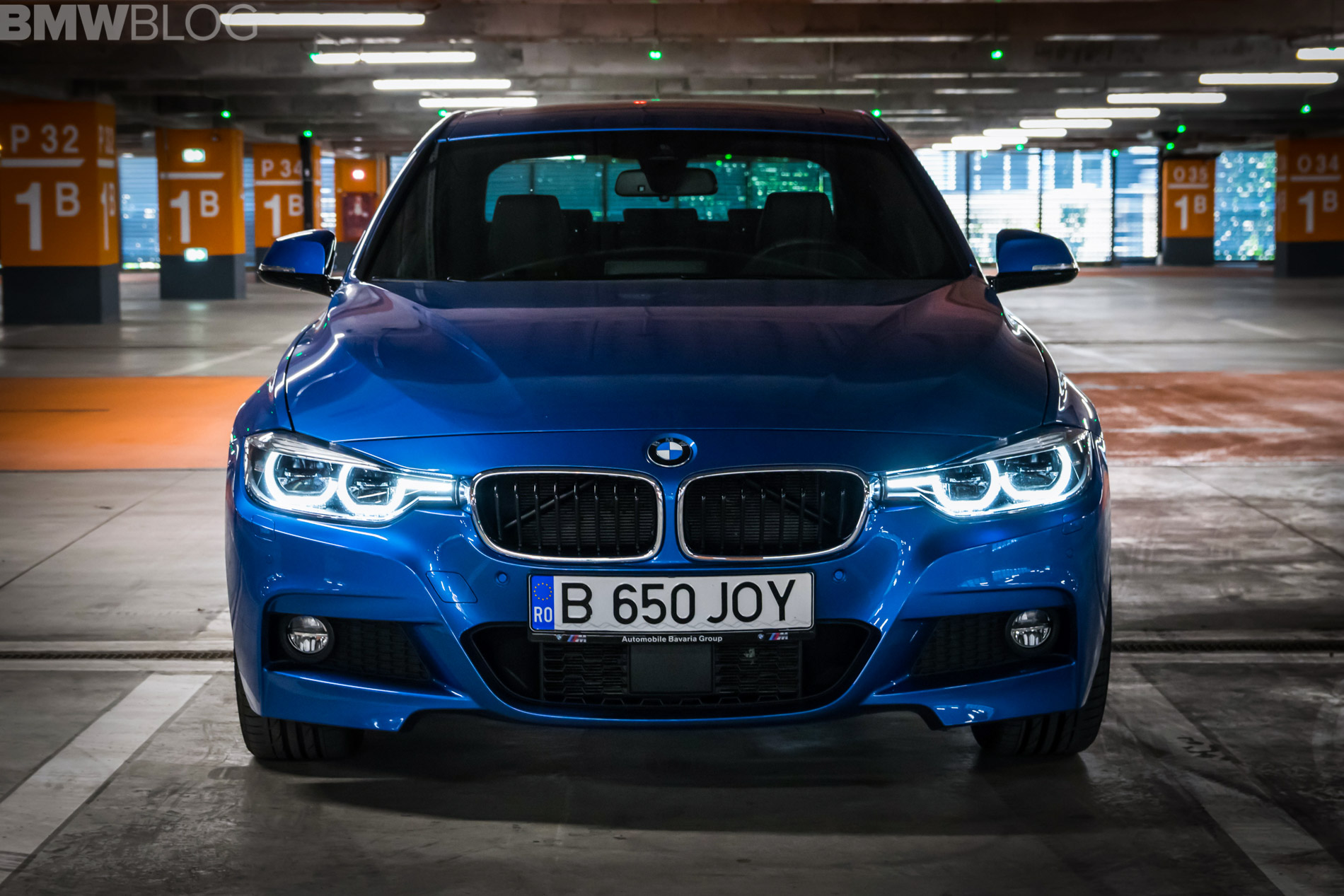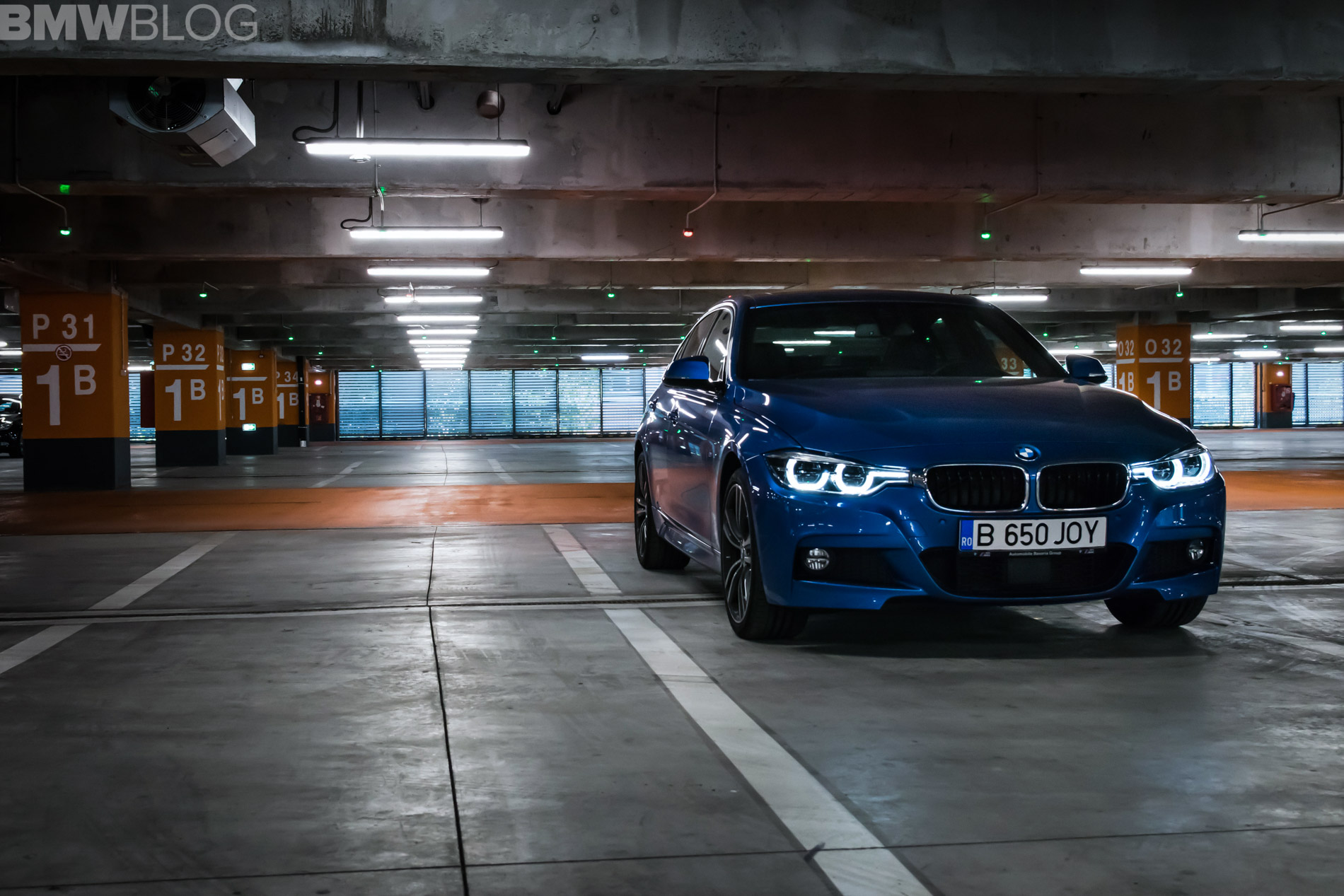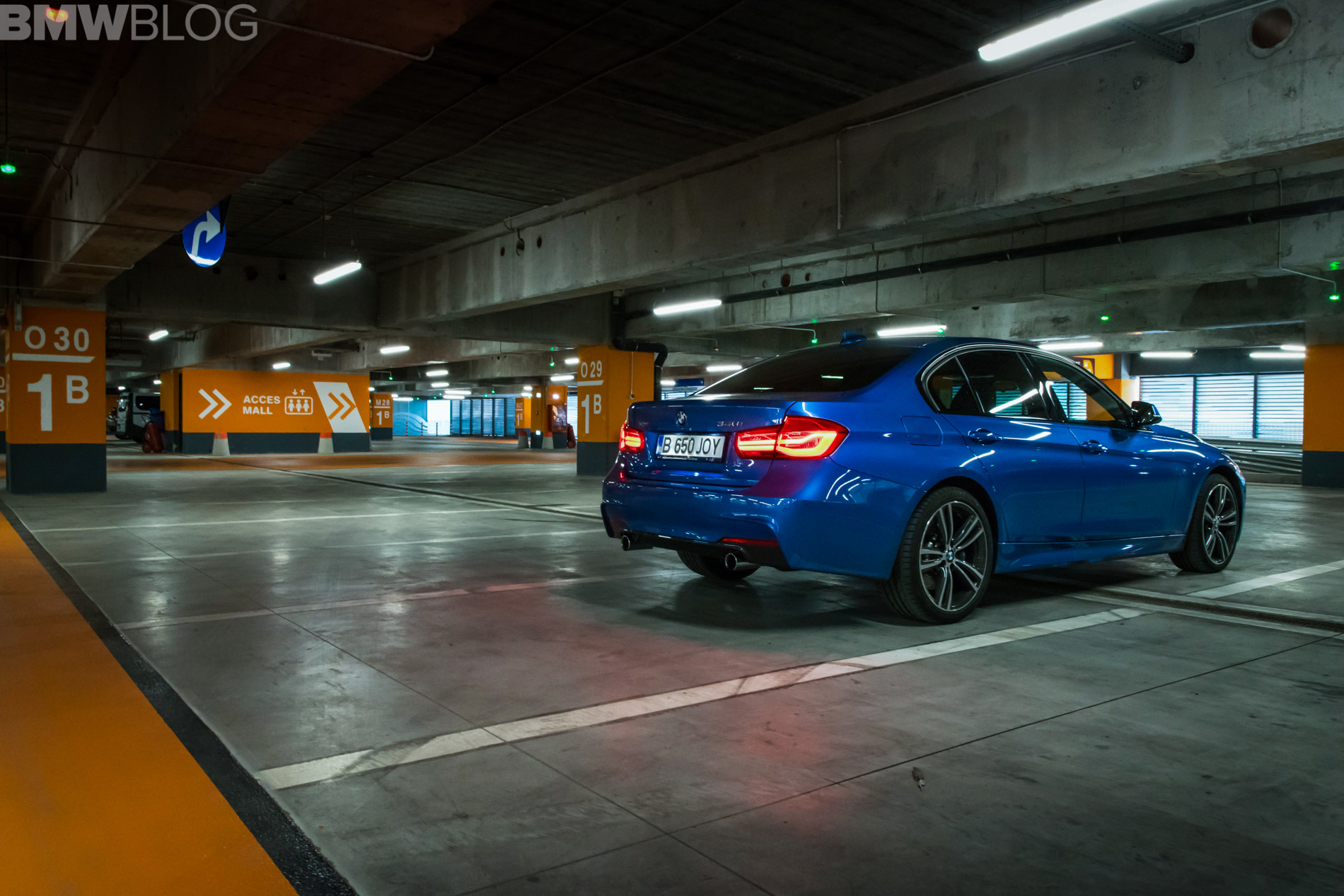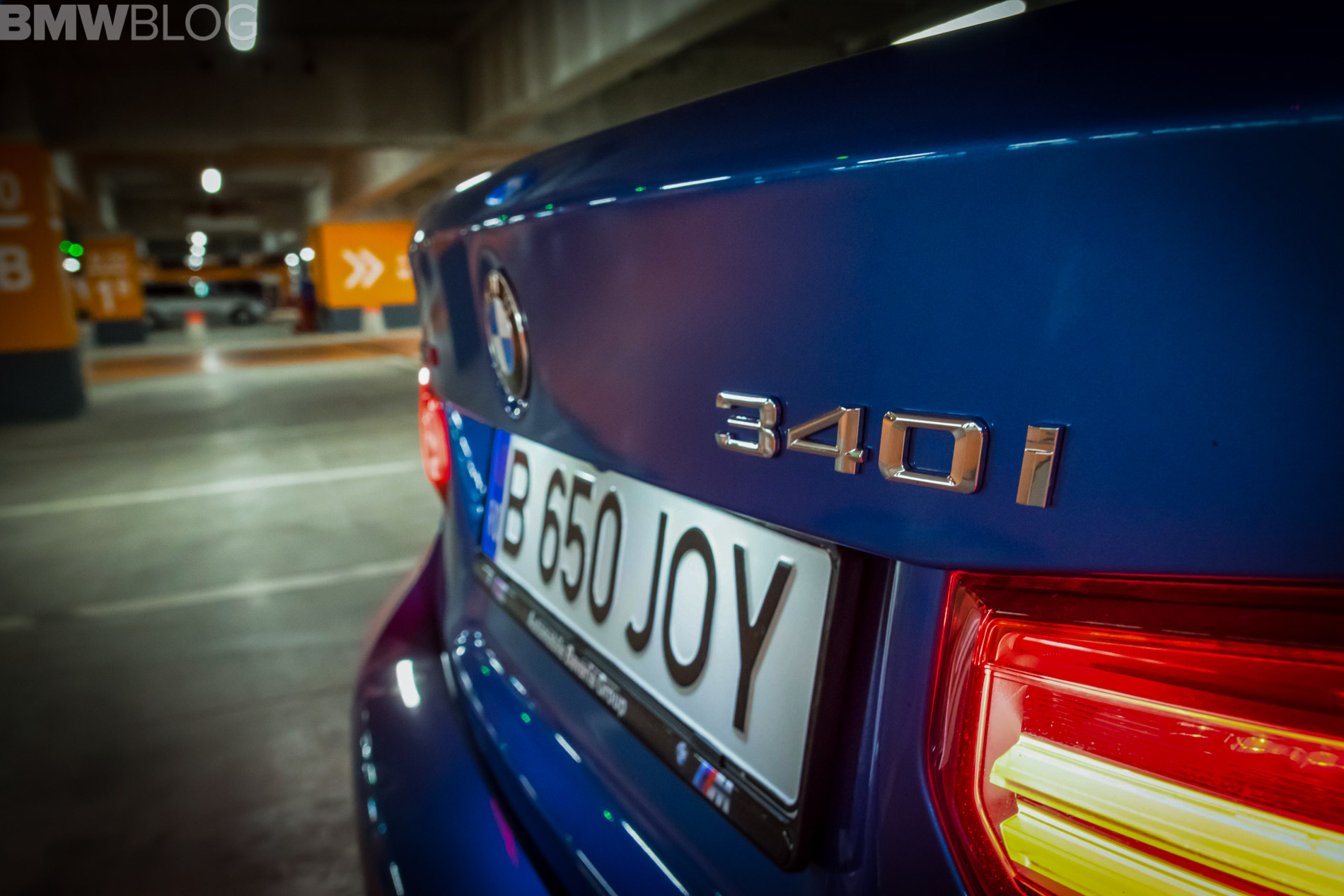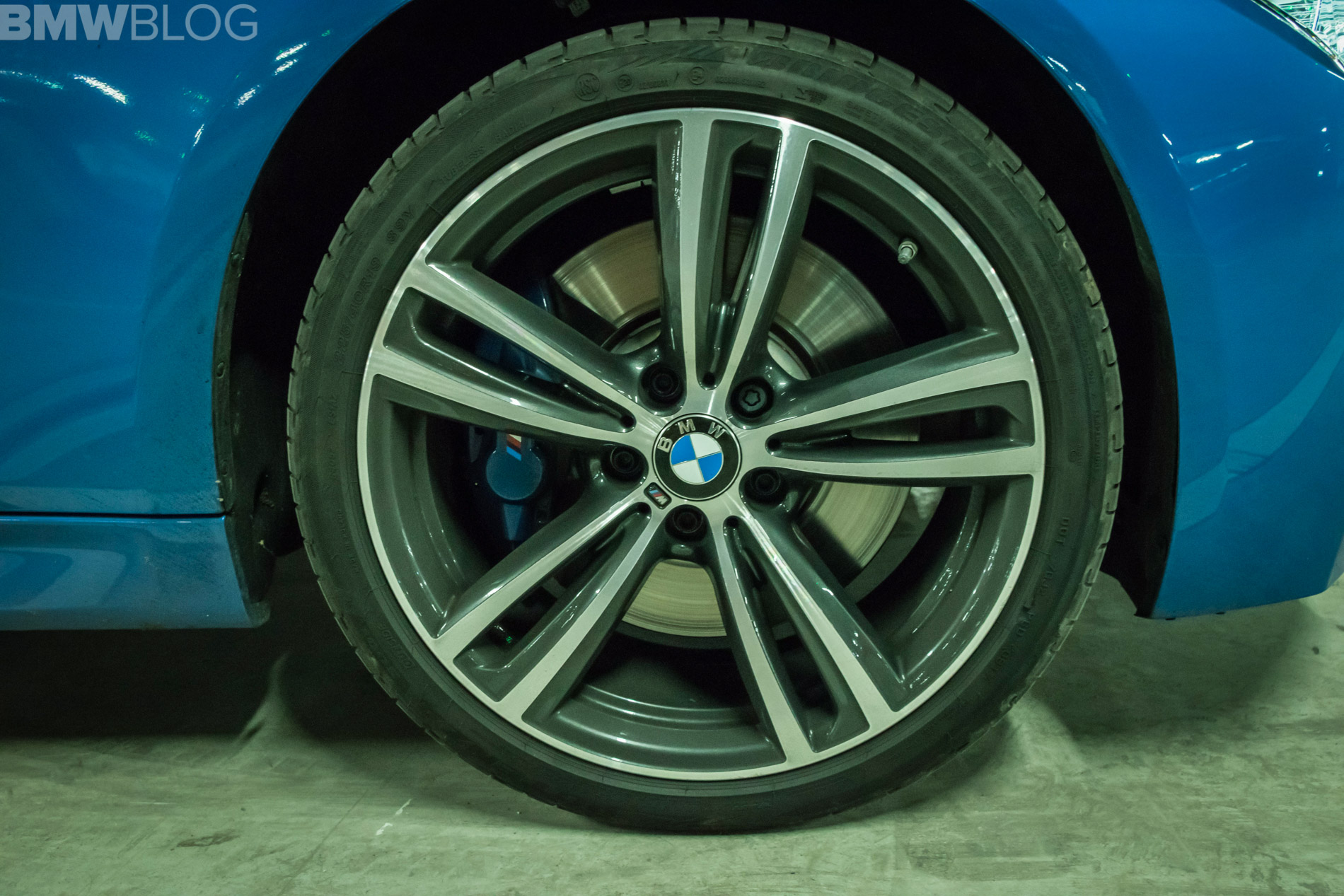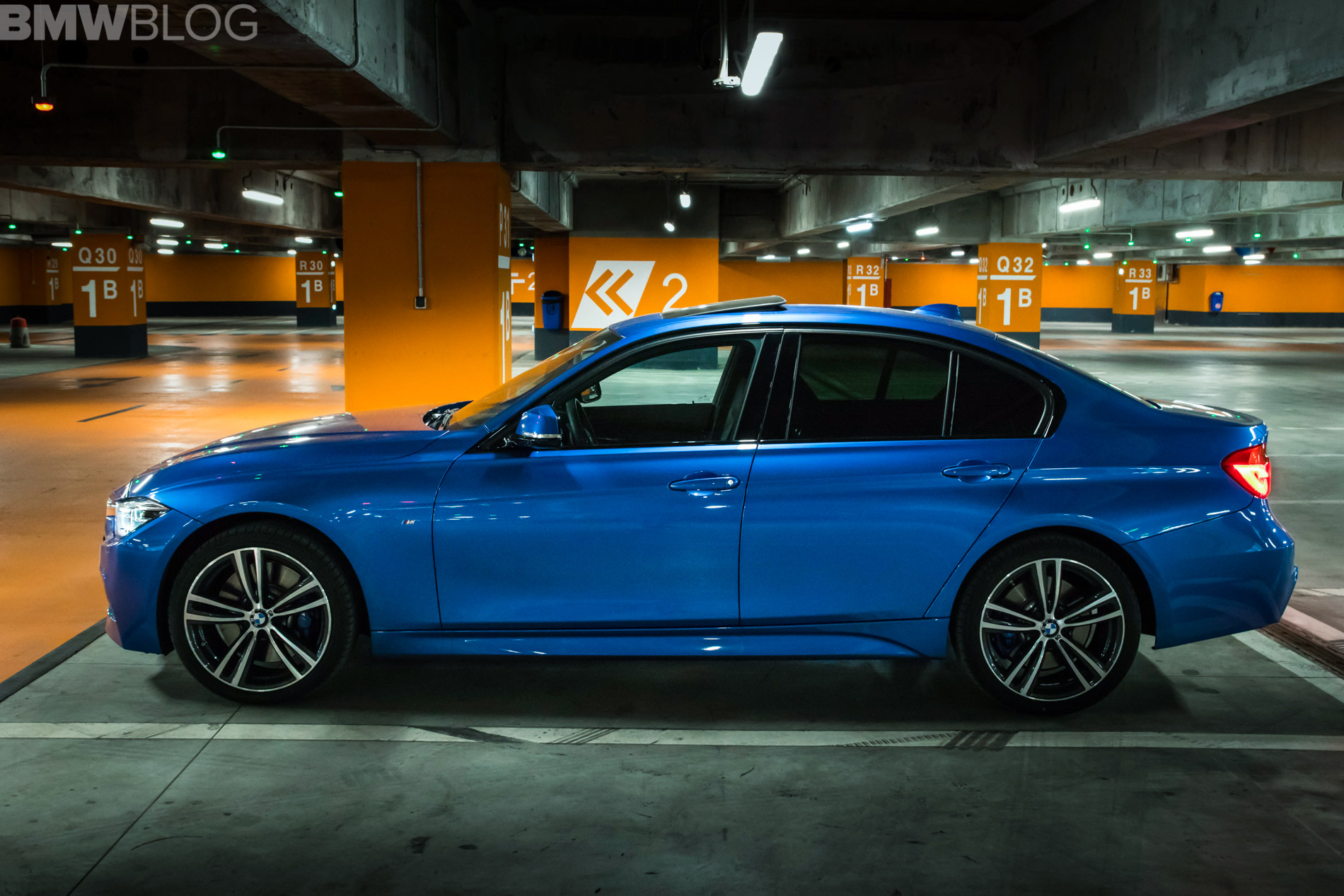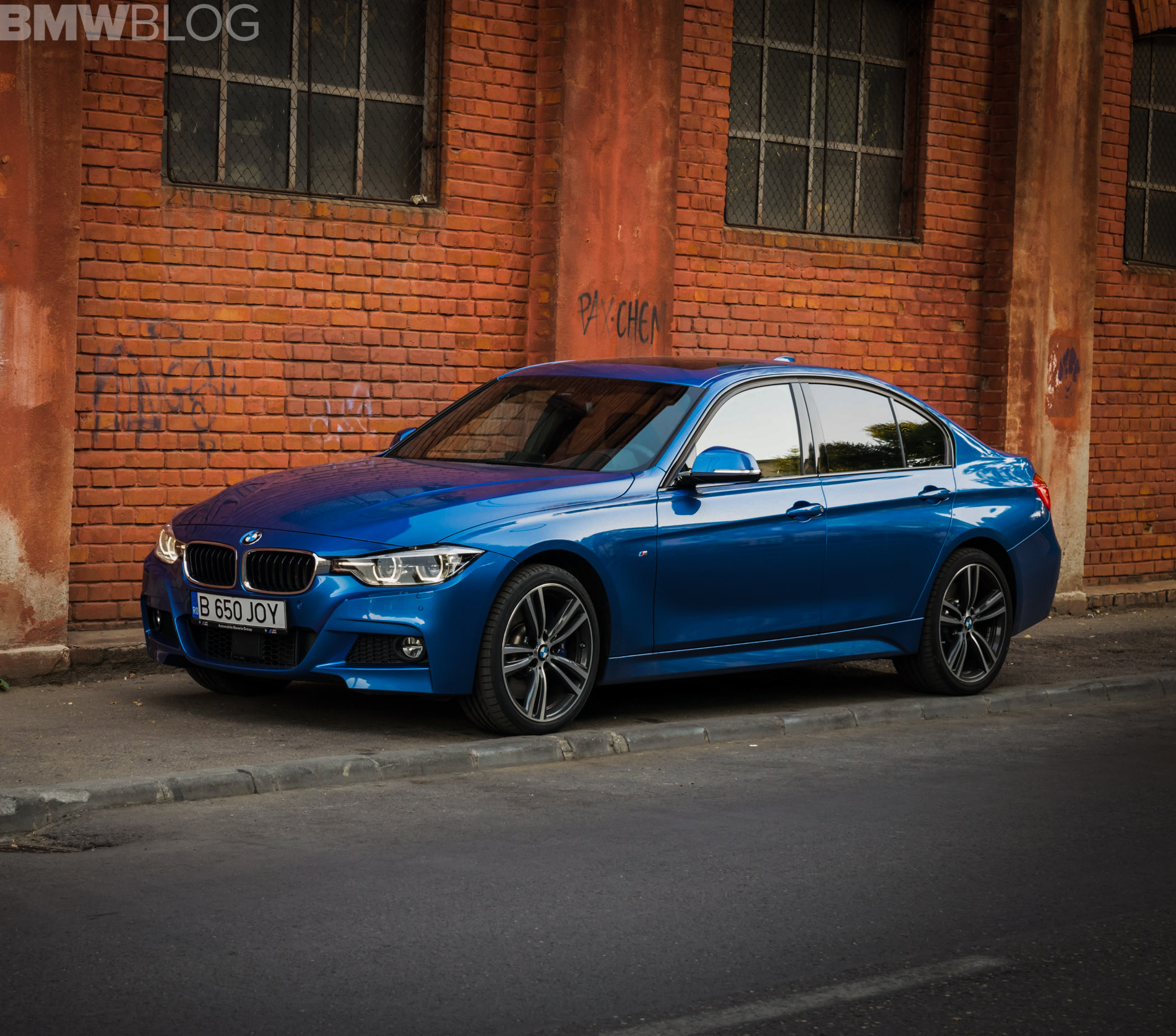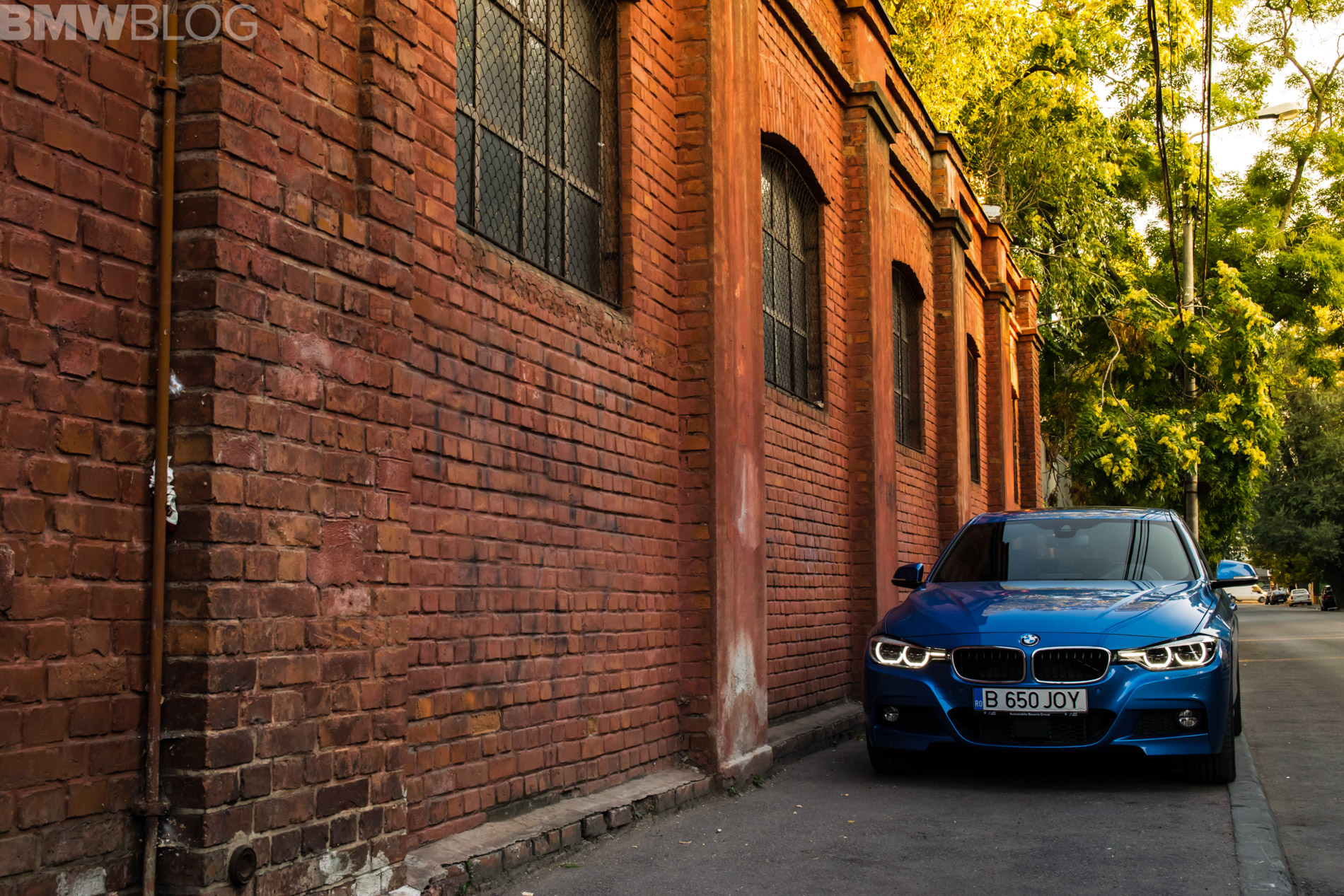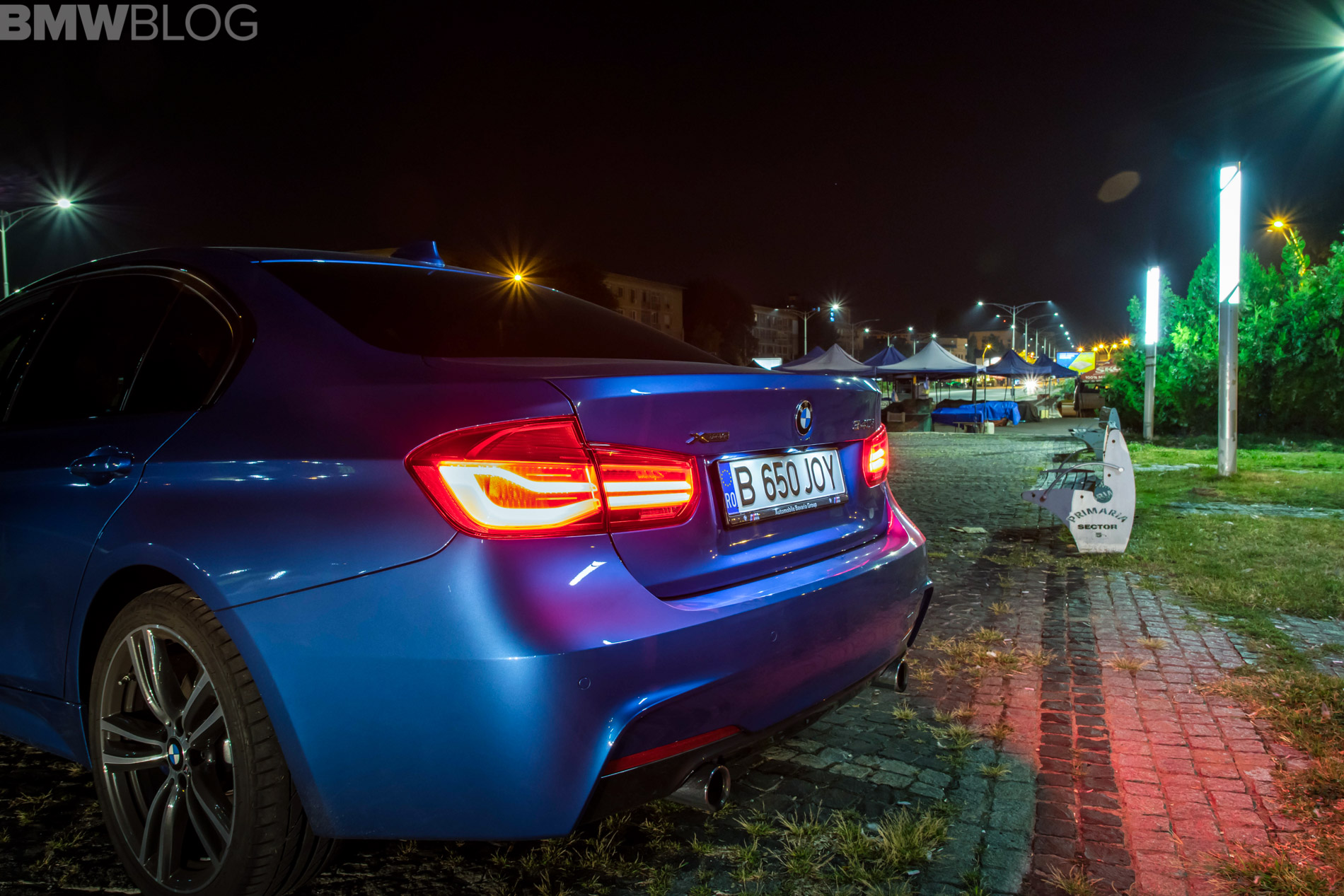Times are truly hard for the BMW 3 Series range. A car that invented the sports sedan class as we know it over 30 years ago is now finding itself challenged from all corners by old rivals and newcomers altogether. Can the 3er still claim to be the king of the segment it used to rule unchallenged? We set out to find out using the only petrol straight six model in the range, the 2017 BMW 340i.
Launched once the facelift version of the current 3 Series arrived on the markets worldwide, the 340i is going to be a thing of the past starting with 2019. That’s because this lone wolf with a rather peculiar name will transform once again, when the G20 3 Series comes out. That’s when the only petrol six-cylinder model still available in the range will become an M Performance Automobile known as the M340i.
Therefore, those wanting to buy the perfect sleeper still have a bit over a year to do so, as the new 3 Series range is bound to be launched in the middle of Q4 in 2018. That means the 340i will have been in production for almost 3 years, a rather limited run. But did the 340i make such an impression that we will be sad to see it go?
The 340i top of the range model is, as I’ve already said, the perfect sleeper. Get it without the M Sport package and the standard Estoril blue color, delete its badge from the boot and instead go for the Luxury package and you’ll be able to trick a lot of people into thinking that this is actually a 320d. But the two cars couldn’t more different in both terms of power and enjoyment.
From the outside the 340i looks like any other 3 Series models in the range, no matter the exterior color or package you go with. You can get a similarly mean looking M Sport design on anything from the 318i to the 330d, and nobody would bat an eyelash. The slightly updated LCI 3 Series – or Life Cycle Impulse as the Bavarians call their facelifts – brings just new headlights and taillights into the mix. And while they do look better than the old ones, some people will find it hard to differentiate the two versions.
The bigger changes happened underneath the sheet metal and they brought along a couple of new age engines, such as the one under the hood of the 340i. The old 335i model was replaced and with it, the N55 3-liter straight six mill that won over a lot of enthusiasts over the years. Instead, the 340i comes with a new-age B58 3-liter straight-six that develops 326 PS and 450 Nm (332 lb-ft) of torque. Those figures are a bit lower than the ones on the new 540i for example, but that’s not something that should bother you, the 340i is a proper fast car anyway.
Along with it, the range also got a couple of other upgrades, on other models. New age engines were introduced on everything from the 318i to the 330i which is a completely new model replacing the old 328i. Furthermore, inside the cabin we also got a new iDrive system that is now better organized and comes with better graphics. Other than that, the car is largely the same when compared to the original F30. The platform underneath is the same and the 8-speed gearbox is just as brilliant. Our tester also came with xDrive all-wheel drive which meant this thing could do some pretty unbelievable things.
The most important numbers you need to remember are these: 0-62 mph in 4.9 seconds. It may look like that’s not fast enough but it feels even faster when you’re behind the wheel and the fact that you have xDrive to help out means that you can constantly reach the claimed acceleration numbers with no drama. As a matter of fact, the 340i could turn out to be faster than an M3 if the driver of the M car doesn’t know how to control the rear axle when launching. But even if the 340i isn’t faster than the M3, it’s considerably faster than most cars on the road, without looking the part, especially without the M Sport package.
That power does come at a cost though and that’s reflected every time you stop at a gas station because this thing is thirsty, especially if you keep running it at full throttle. It may seem peculiar but the way the 340i accelerates, handles and sounds makes it rather hard to keep off the throttle and sedate yourself. Around town we saw a fuel consumption of 12 l/100 km (19.6 mpg) on average, dipping closer to 10 l/100 km (23.52 mpg) on rare occasions. Out on the highway, the numbers were closer to 8/100 km (29.4 mpg) but only when not going over 75 mph. That’s acceptable for a car of this size and with so much power under the hood.
Speaking of which, overtaking is a breeze in the 340i at speeds even up to 100 mph. The car has the kind of get up and go that can get your heart racing in a millisecond, even at higher speeds. Flat out it will reach 200 km/h (124 mph) in about 17 seconds, going up to its electronically limited top speed in around 31 seconds which, for a regular 3 Series, is more than enough.
In terms of handling, the 3er still hold its own. Due to xDrive, the turn in is neutral and the engineers did a great job at setting up the system to send most of its power to the rear wheels. As a matter of fact, most of the time, the car does feel like it’s rear-wheel drive but when xDrive kicks in, you can definitely feel it and there are two major situations when that happens: whenever you launch the car and when you push it into a bend, carrying more speed when exiting a corner than a RWD model would. It’s quite spectacular how composed the 340i behaves in these situations and you can actually feel the inside wheel pulling you out of the corner when pushing it.
Furthermore, the 3 Series remains one of the few models out there that still offers a manual gearbox for those who really want to have some fun on the road. The manual gearbox on the 340i does come with an annoying feature though which is the automatic rev-matching. You can turn it off but only when fully deactivating DSC and that’s not something everyone wants to do.
The steering has been the weak link of the F30 3 Series ever since it came out. Compared to the hydraulic system used on the E9x models before, it is indeed lighter and offers less feedback to the driver. However, xDrive helps out here but only ever so slightly. And while in Comfort mode the steering is perfectly weighted in Sport mode it becomes artificially heavy and with no noticeable improvements in terms of the amount of feedback reaching the palms of your hands.
Inside the cabin, on the LCI model things remained the same. The sound deadening seems to have also been improved but that may be just this one reviewer’s feeling, as BMW didn’t say anything about doing something along these lines. Nevertheless, the car is quiet on the highway and only the wind brushing up against the A-Pillars makes a noticeable hum at speeds up to 120 km/h (75 mph) which is the cruising speed most of us use anyhow.
The interior is as Spartan and purposeful as ever, now showing its age more than ever. It’s not ugly and it does come with premium materials and a perfect finish, but it does seem old in comparison to what other manufacturers are offering today, especially Mercedes-Benz and Audi. You can easily fit four adults inside but five may be a stretch since the rear seats are not offering a lot of room.
When compared to its main rivals, the 3 Series comes in second in this regard. The C-Class feels more cramped in the back and headroom is a bit more limited. The A4 wins here because of its more spacious rear seats.
The boot of the 3er is also quite spacious, offering 481 liters or 17 cu. ft. for luggage while carrying even more is possible by folding the rear seats. Compared to the A4 and the C-Class there’s nothing to separate them as they all have the same claimed figure in terms of luggage space. The problems come from the shape of the openings and the Audi offers the best choice in this regard. Another problem you may face in the BMW is the fact that when the seats are folded the floor won’t be flat.
Where the 3 Series still rules the competition undoubtedly though is the infotainment system. The 6.0 version is above everything else rivals have to offer. It’s even easier to use now due to the new sub-menus and, even though it doesn’t come with a touch-sensitive screen, you don’t really need it. Reaching the screen as it is positioned now on top of the dash is distracting and uncomfortable. At the same time, the iDrive controller makes life a peach with its functionality and touchpad on top.
When it comes to driving impressions, the A4 drops from the list, being replaced by the Jaguar XE. That’s because it’s the only car in the segment that doesn’t come with RWD and is based on a FWD platform. The new A4 is comfortable though and does offer plenty of grip when fitted with Quattro. However, when pushed hard, the BMW rises above the competition. The C-Class comes close but the one the Bimmer has to truly watch out for in this regard is the Jaguar XE which has a sharper steering rack.
Overall, the BMW 340i does feel like an improvement over the older 335i. To be fair, the car solves some of the issues reviewers pointed out when it first came out. The front axle now has stiffer front struts while the rear dampers are now retuned to make sure the car is more comfortable in comfort mode and more stable when in sport mode. BMW also claims the steering uses a new software but the changes are so small that you can barely notice them.
All of this makes the 3 Series more composed, with better body control, in every situation. Get the adaptive dampers and you’ll get a dual-character cruiser that can be both comfortable around town and an agile cat whenever you decide to have some fun. Considering the ever-increasing competition, the 3 Series has to fight off, troubled times lay ahead and the G20 model just can’t seem to get here fast enough.
2017 BMW 340i
Exterior Appeal - 9
Interior Quality - 9
Steering Feedback - 8
Performance - 9
Handling - 9
BMWness/Ultimate Driving Machine - 8.5
Price Point - 9
8.8
Overall, the BMW 340i does feel like an improvement over the older 335i. To be fair, the car solves some of the issues reviewers pointed out when it first came out.


